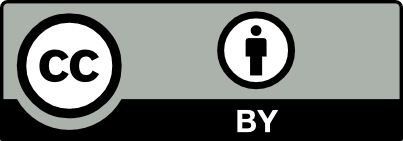DESIGN OF A CLEAR GRAY WATER TREATMENT SYSTEM FOR REUSE AS IRRIGATION WATER
Abstract
The main objective of the article is to propose an effective design for the optimal treatment of clear gray water, which follows the classification of the different types of wastewaters as a result of the provision of a service both at a domestic and industrial level. Depending on the degree of impurities contained in the wastewater, it is classified in that order as black water, dark gray water and light gray water. In the proposed design, a differentiation of the drains is made, which allows treating in situ the gray water collected in the hygienic services located on the fifth floor of the Faculty of Chemistry and Chemical Engineering of the National University of San Marcos. In the investigation, the collection, quantification, characterization and treatment of gray water was carried out, for an average flow of 26.12 L/h (2.00 m3/day). They were measured in situ (in individual samples): T (°C) = 21.5 - 23.0; pH (at 20°C) = 7.32 - 8.03; Conductivity C (μS/cm) = 873 - 1083, Turbidity (NTU) = 295 – 305; and in composite samples (composites) the following were determined: SSS (mL/L) = 1.00, Total Hardness
(mg/L) = 389, Total Alkalinity (mg/L) = 136, BOD (mg O2/L) = 8, COD (mg O2/L) = 163. The ratio R = BOD/COD = 0.05, indicates that gray water treatment must be physicalchemical, ruling out the use of a biological method. In order to use the water for irrigation purposes, the COD was reduced on a laboratory scale, through filtration by different means, obtaining a COD (mg/L) = 18 (% reduction = 89), which complies with the ECA-Water for irrigation.
Downloads

This work is licensed under a Creative Commons Attribution 4.0 International License.
Revista Arbitrada
Derechos reservados: Prohibido el uso total o parcial del material de esta revista sin indicar la fuente de origen.
Nota: Las referencias comerciales que aparecen en los trabajos no constituyen una recomendación de la
Sociedad Química del Perú










